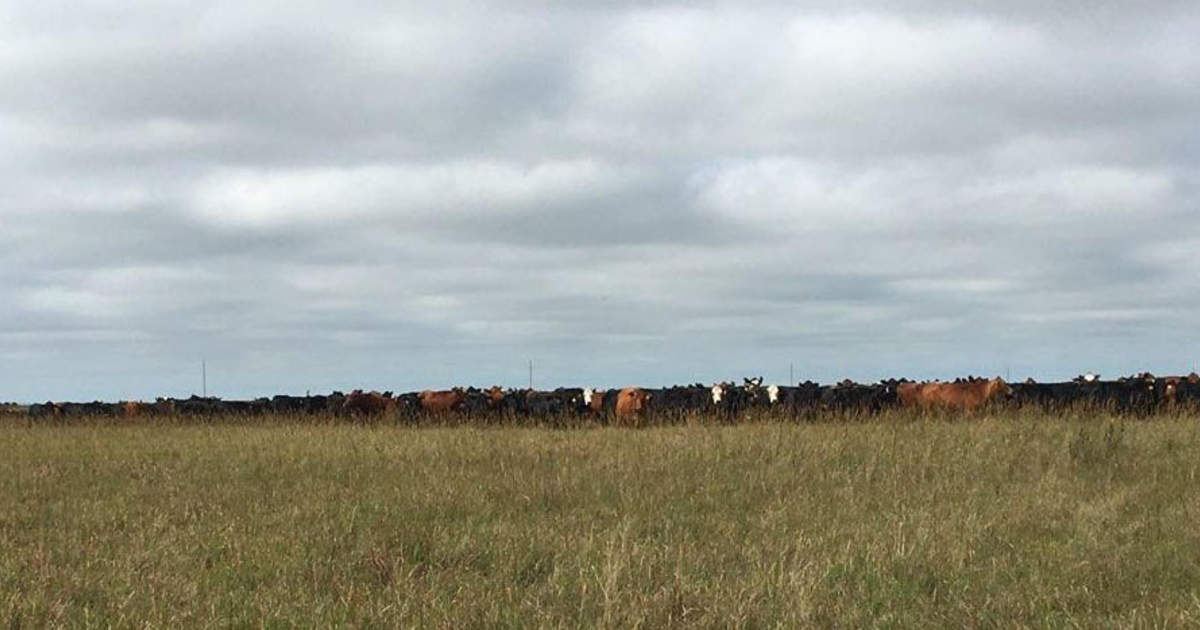Calling cows to feed, or using feed to gentle cattle is a poor substitute for good stockmanship. Having cattle that eat out of your hand makes for cool pictures, but in reality you have created an animal with no respect for you. Improve your stockmanship and it makes things flow smoother and actually adds money to your bottom line that you don't realize you're currently throwing away.
Regenerate pastures utilizing natural herd and migratory instincts of cattle.rather than fences and daily moves. Grazing schools and consulting available to help manage infrastructure costs and development. Work smarter, not harder!

migratorygrazing.com

